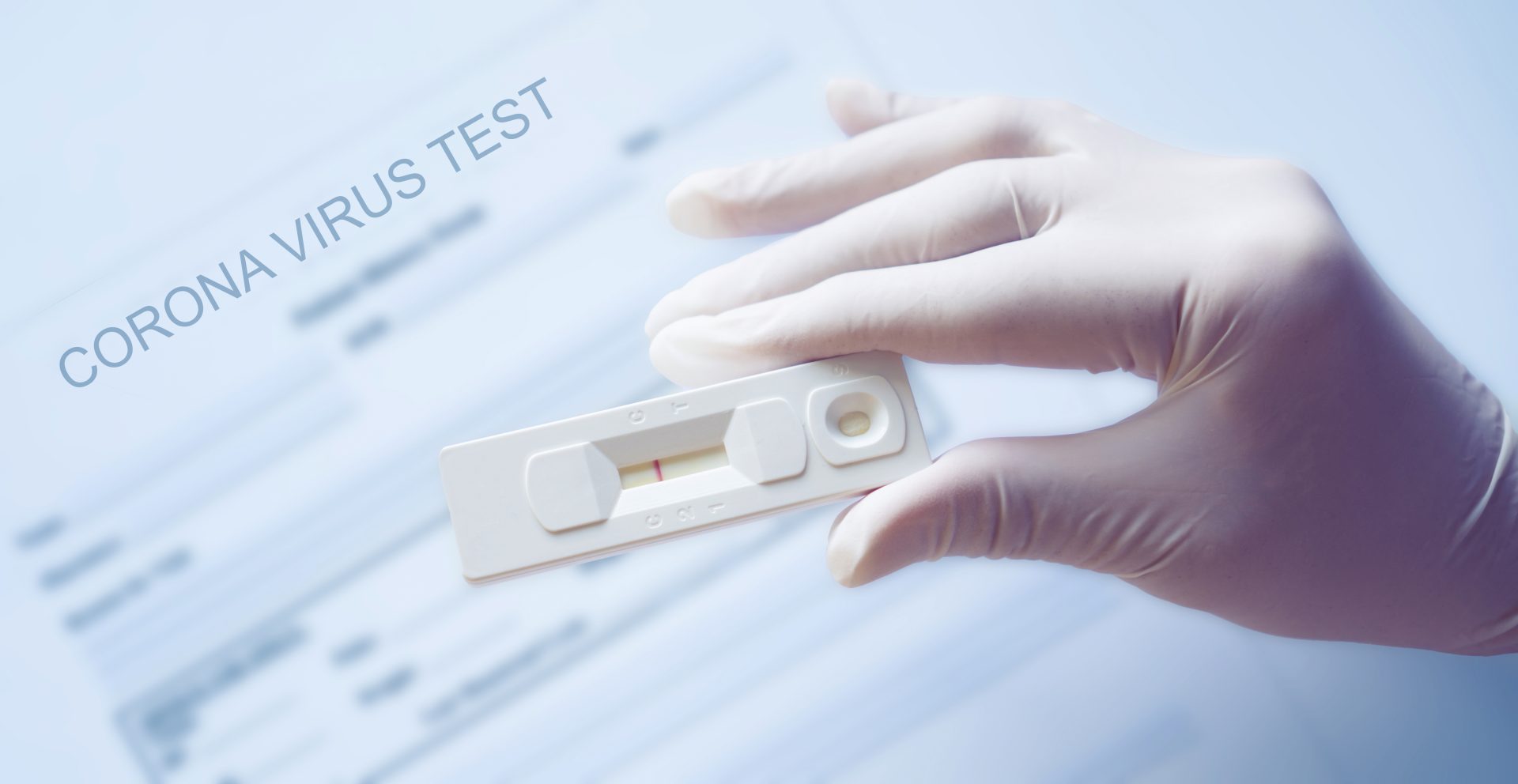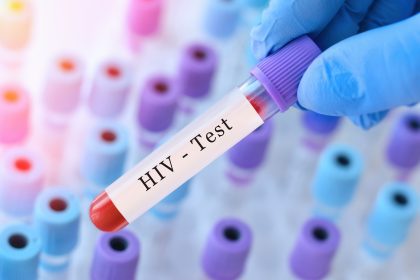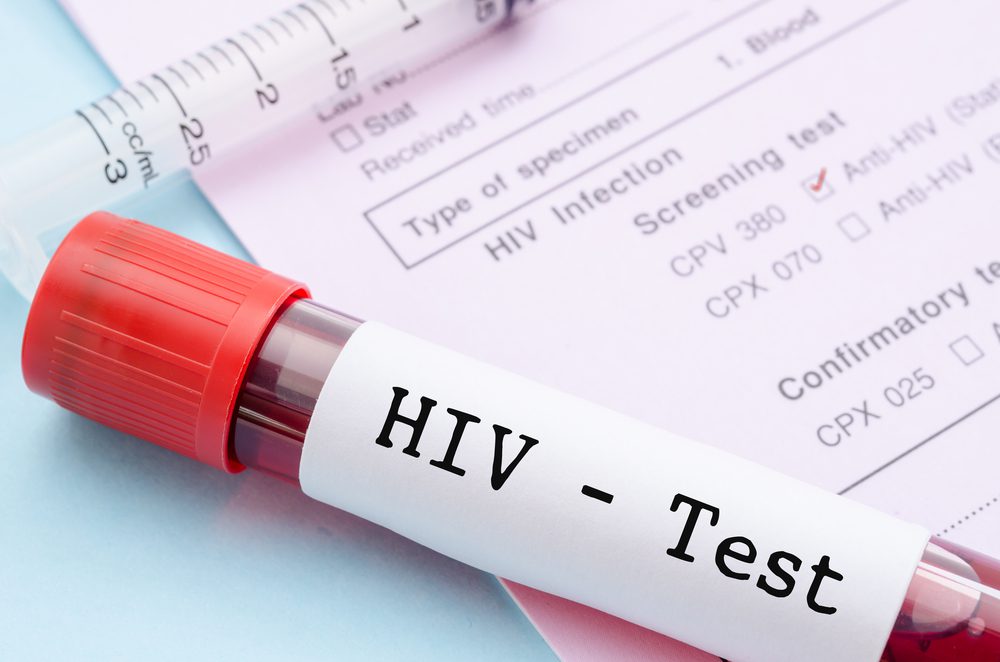The understanding of COVID-19 has transformed dramatically since the pandemic began, particularly regarding how quickly symptoms appear after exposure. These incubation periods—the time between infection and symptom onset—have shortened considerably with newer variants, creating important implications for testing, isolation, and prevention strategies.
Medical research has revealed that what was once considered standard for COVID-19 no longer applies, with each variant presenting unique behavioral patterns. These changes affect everyone from healthcare workers to everyday individuals trying to navigate potential exposures.
The original understanding of COVID-19 featured a lengthy 14-day window of concern, but current data shows a much more compressed timeline requiring different approaches to testing and isolation. This evolution in viral behavior necessitates updated knowledge for effective prevention.
Incubation periods shorten with each variant
The most significant change in COVID-19 behavior involves the steadily decreasing time between exposure and symptom onset across variants. This pattern reveals how the virus has evolved to reproduce and spread more efficiently.
The variant-specific incubation periods show a clear downward trend:
- Alpha variant: 5 days average incubation
- Beta variant: 4.5 days average incubation
- Delta variant: 4 days average incubation
- Omicron variant: 3 days average incubation
- Newer subvariants: Often under 3 days incubation
This compression means that while earlier in the pandemic, symptoms might not appear until nearly a week after exposure, current variants typically produce noticeable symptoms within just 3 days. The shortened timeline significantly impacts testing strategies, as waiting too long after exposure may miss the critical window when viral loads peak.
The acceleration in symptom onset correlates with increased transmissibility across variants. Faster reproduction rates within host cells allow the virus to reach detectable and symptomatic levels more quickly. This efficiency explains why newer variants spread more rapidly through populations despite generally causing less severe disease.
For individuals exposed to COVID-19, this shortened incubation means faster answers about potential infection but also requires quicker action regarding isolation and testing. The previous guidance to wait several days before testing now risks missing the optimal detection window.
The contagious window starts before symptoms
Perhaps the most crucial insight for prevention involves understanding when infected individuals become contagious to others. Current research demonstrates that the contagious period begins approximately two days before symptom onset and reaches maximum infectiousness right as symptoms begin.
This pre-symptomatic transmission accounts for a substantial portion of COVID-19 spread and explains why the virus proved so difficult to contain through symptom-based screening alone. An infected person feels completely normal during the initial contagious phase, unwittingly exposing others.
The contagious timeline typically follows this pattern:
- Exposure to virus occurs
- Virus begins replicating silently for 1-2 days
- Person becomes contagious around day 2-3 post-exposure
- Symptoms typically begin days 3-5 post-exposure
- Maximum contagiousness occurs from 1 day before through 3 days after symptom onset
This pattern means that waiting until symptoms appear before taking precautions leaves a dangerous 48-hour window where transmission freely occurs. Understanding this timeline explains why regular testing remains important even for those feeling well, particularly after known exposures.
For vaccinated individuals infected with Omicron variants, research indicates a slightly different pattern, with peak viral loads often occurring around the fourth day of symptoms rather than at their onset. This delayed peak may provide a small additional window for precautionary measures once symptoms appear.
The contagious window typically diminishes significantly after the first week, with most individuals no longer capable of transmitting live virus after 10 days, even if some symptoms persist. This understanding has allowed isolation periods to shorten from the original 14-day recommendation.
Personal factors influence incubation timing
Individual variation in COVID-19 incubation periods arises from several personal factors. Understanding these variables helps explain why some people develop symptoms more quickly than others after the same exposure event.
Age appears as a significant factor in symptom development timing:
- Adults over 40 typically experience longer incubation periods
- Children often show delayed symptom onset compared to young adults
- Adolescents and young adults frequently develop symptoms earliest
- Elderly individuals may present atypical timelines with subtle initial symptoms
- The very young sometimes remain asymptomatic despite active infection
Biological sex also influences incubation periods, with research suggesting those assigned male at birth generally experience slightly shorter incubation periods than those assigned female. This difference may relate to hormone profiles, immune response variations, or receptor expression patterns.
Immune status plays a critical role in determining how quickly symptoms develop. Previously infected or vaccinated individuals who experience breakthrough infections often report shortened incubation periods, with symptoms sometimes appearing within 48 hours of exposure. This acceleration likely stems from the immune system’s faster recognition and response to the virus.
Understanding these personal factors helps individuals make more informed risk assessments following potential exposures. Those with characteristics associated with shorter incubation periods might benefit from earlier testing, while those with factors linked to longer incubation might require extended monitoring.
Testing timing requires strategic planning
The evolving understanding of COVID-19 incubation periods has revolutionized testing recommendations. Current guidelines focus on the critical fifth day after exposure as the optimal balance between allowing sufficient viral replication for detection while catching infections before maximum transmission occurs.
The strategic testing approach includes:
- Wait until 5 days after exposure for initial testing
- If symptomatic before day 5, test immediately regardless of timing
- Retest after 48 hours if first test is negative but exposure is confirmed
- Continue testing if symptoms develop even after negative results
- Recognize that at-home tests may require higher viral loads for detection
This approach recognizes the balance between testing too early (before viral loads reach detectable levels) and testing too late (after the period of highest transmission risk has already begun). The five-day mark represents the optimal compromise for most situations.
For those using at-home rapid antigen tests, understanding test limitations remains essential. These tests work best when viral loads peak, typically during the most contagious period, but may return false negatives early in infection. This limitation explains why serial testing—multiple tests spaced 48 hours apart—provides greater reliability than single tests.
PCR tests, while more sensitive to lower viral loads, still benefit from proper timing after exposure. Testing immediately after exposure almost always yields negative results regardless of test type, as the virus requires time to replicate sufficiently for detection.
The current five-day testing recommendation represents a significant change from earlier pandemic guidance that often suggested waiting 7-10 days after exposure. This adjustment directly reflects the shortened incubation periods of newer variants and emphasizes catching infections during their most transmissible phase.
Updated isolation protocols reflect new timelines
Isolation recommendations have evolved substantially as understanding of incubation and contagious periods improved. Current isolation guidance balances infection control with practical considerations about workforce and social impacts.
The updated isolation approach includes:
- Stay home immediately if experiencing respiratory symptoms until tested
- Isolate until symptoms improve and fever resolves for at least 24 hours
- If asymptomatic but test positive, wear a high-quality mask around others for five days
- Continue masking in public for ten days after symptom onset or positive test
- Consider extended isolation for immunocompromised individuals or those with severe illness
This guidance reflects the understanding that infectiousness typically peaks early and diminishes significantly after the first five days, even though complete viral clearance may take longer. The focus shifts to the period of highest transmission risk rather than waiting for complete non-infectiousness.
The practical implementation of isolation has become more nuanced as population immunity increased. With over 98% of the U.S. population now having some immunity through vaccination or prior infection, isolation approaches balance risk reduction with social and economic functioning.
For individuals who cannot completely isolate, the emphasis on high-quality masking represents an alternative risk-reduction strategy during the potentially contagious period. This approach acknowledges that some transmission risk remains but can be substantially reduced through proper masking.
Extended isolation periods remain appropriate for specific high-risk contexts, including healthcare settings, congregate living environments, and situations involving immunocompromised individuals. These exceptions recognize that standard timelines may not apply to all situations equally.
Future implications for COVID-19 management
The evolution of COVID-19 incubation periods offers insights into potential future developments. The trend toward shorter incubation periods with newer variants suggests potential continued compression of this timeline, though biological constraints likely set a minimum possible incubation period.
As population immunity continues increasing through vaccination and infections, several patterns may emerge:
- Incubation periods could stabilize around current timelines
- Symptom profiles may continue shifting toward upper respiratory predominance
- Testing technologies will likely evolve to detect infections earlier
- Prevention strategies will increasingly focus on the pre-symptomatic window
- Seasonal patterns may influence incubation periods and transmission dynamics
Understanding these trends helps both public health officials and individuals prepare appropriate responses as COVID-19 transitions from pandemic emergency to endemic management. The knowledge gained about viral incubation dynamics also applies to preparing for future respiratory disease outbreaks.
The shorter incubation periods of current variants highlight the importance of rapid detection technologies that can identify infections during the early contagious phase. Continued development of more sensitive rapid tests remains a priority for effective disease control.
For individuals navigating COVID-19 risks, the key takeaway involves understanding the compressed timeline between exposure and contagiousness. This knowledge emphasizes the importance of prompt action following known exposures, including appropriate testing timing and precautionary measures during the pre-symptomatic period.
By applying the lessons learned about incubation period evolution, both healthcare systems and individuals can develop more effective strategies for minimizing transmission while maintaining essential activities. This balanced approach represents the sustainable path forward as COVID-19 becomes an ongoing part of the respiratory disease landscape.











